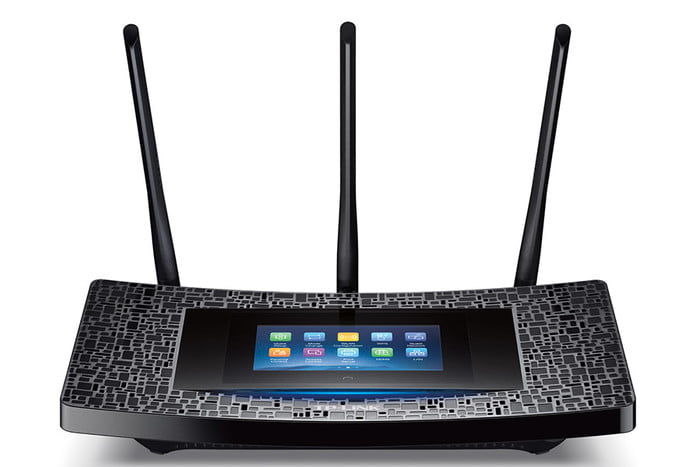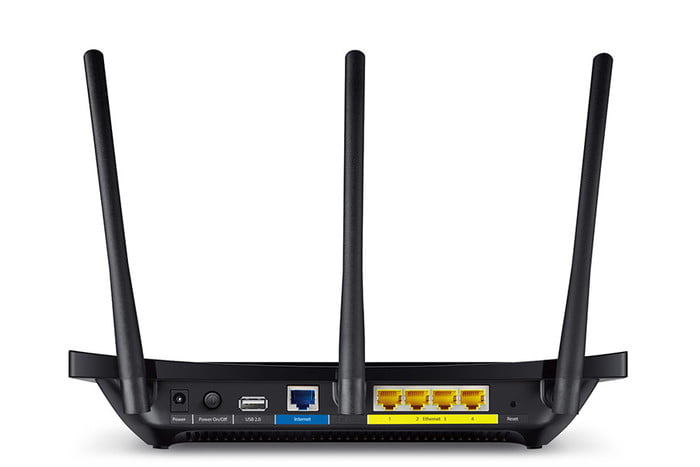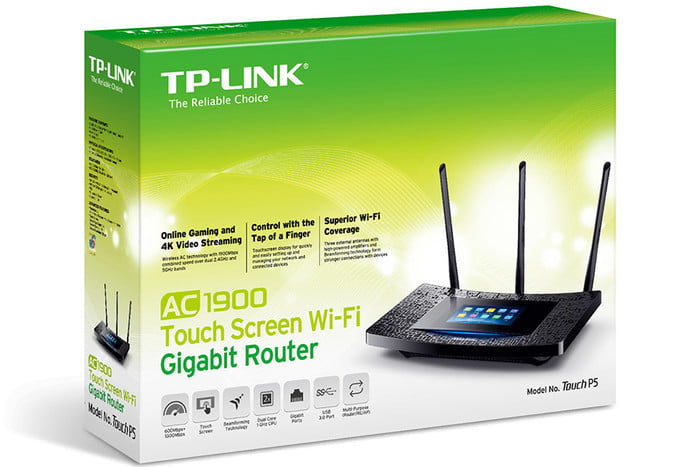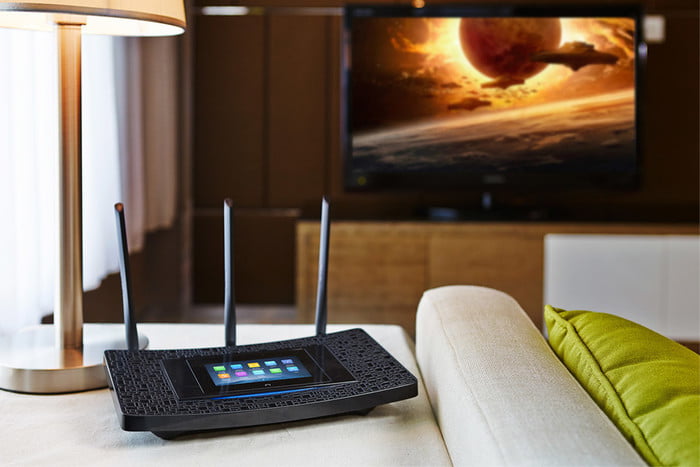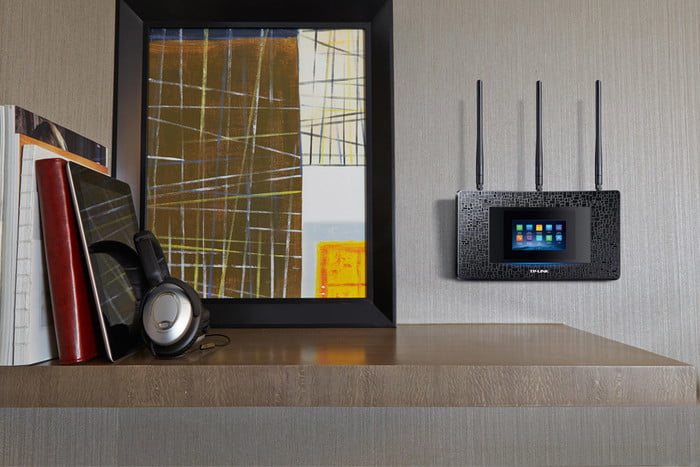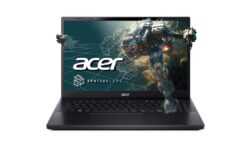TP-Link’s Touch P5 looks like the router of the future
As simple to use as a lot of contemporary technology has become, routers and other networking hardware still have an aura of complexity about them. Their back-ends aren’t always the easiest to operate, and to get there you need to know the IP. It’s not complicated for those in the know, but it’s a far cry from the ease of your average smartphone or tablet technology.
So perhaps that’s why TP-Link has added a touchscreen to its latest router, the Touch P5 AC1900. The idea is to make its innards immediately and easily accessible, right on top of it.
The device offers a 4.3-inch, 128-pixel-per-inch, capacitive touchscreen giving access to a number of features. You can tweak parental controls and handle devices and guest privileges, and there’s even a clock display on it when not in use (thanks Toms). You can also configure various aspects of the network such as settings for a print server.
In terms of its more traditional features, the Touch P5 is a dual-band router offering 2.4GHz and 5GHz bands to separate out high-bandwidth and latency-critical activities so that no one has their actions interrupted with lag or buffering. The use of three external, detachable antennas maximizes the available range, with powerful amplifiers to assure you get a strong signal wherever you are in your home.
It can even use beamforming technology to further improve coverage, especially for portable devices like smartphones as they move around your residence.
Unlike most routers though, because this one comes with a touchscreen, it needs to be put in an easy-to-reach spot, which will likely be highly visible. That’s why TP-Link has also put a lot of thought into its appearance. Not only is its display interface bright and colorful, but it has a curved top surface with an interesting aesthetic that makes it look more like an ornament or picture frame than a piece of networking hardware.
Internally it sports a 1GHz dual core CPU, while on the outside there’s a single USB 3.0 port and a USB 2.0 port for added connectivity. There are four Gigabit Ethernet ports and a single Gigabit WAN port, and it supports traditional Wi-Fi standards like 802.11a/b/g/n as well as 802.11ac.
